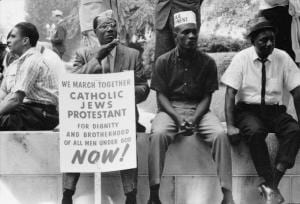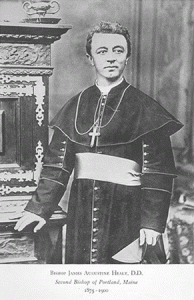The British government at first acted positively. In 1846 Sir Robert Peel, the Tory Prime Minister, repealed the Corn Laws, which allowed the importation of grain to the British Isles. He set up food distribution programs as well as public works programs, but the Whig government that came to power in late 1846 reversed these policies. A financial crisis put Ireland down even farther on the new ministry’s agenda. After an abortive revolution in 1848 by a group known as Young Ireland, Charles Morris writes that “even the pretense of official concern ended. From that point, for all practical purposes, Ireland was left to die on its own.”
On eyewitness gave this description of the famine in 1847:
One poor woman whose cabin I had visited said, ‘There will be nothing for us but to lie down and die.’ I tried to give her hope of English aid, but alas! Her prophecy had been too true. Out of a population of 240 I found thirteen already dead from want. The survivors were like walking skeletons– the men gaunt and haggard, stamped with the livid mark of hunger– the children crying with pain– the women in some of the cabins too weak to stand. When there before I had seen cows at almost every cabin… but now all the cows were gone– all the sheep– all the poultry killed– the very dogs which had barked at me before had disappeared; no oats– no potatoes.
One million died of starvation during the Irish Famine. The Irish knew that there was little future in Ireland, and the young knew it was time to get while the getting was good. In 1847, some 100,000 destitute Irish men, women and children wandered the streets of England’s port cities. They weren’t planning on going to America, but they had little choice.












